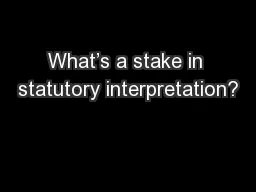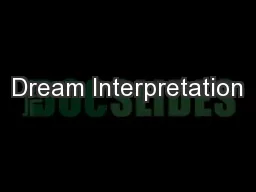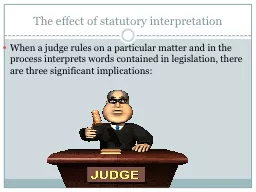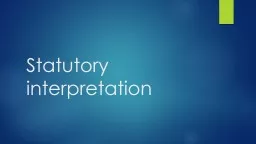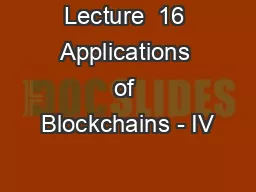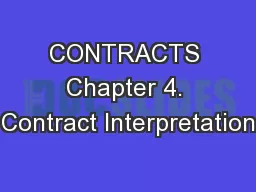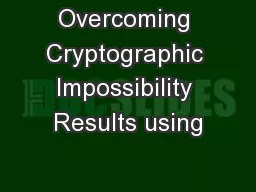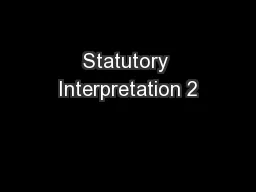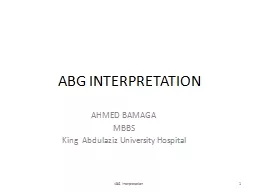PPT-What’s a stake in statutory interpretation?
Author : myesha-ticknor | Published Date : 2016-05-15
Limits of judicial power Parliamentary supremacy Democratic governance Rule of Law Statutory Interpretation Three sources of statutory interpretation law Common
Presentation Embed Code
Download Presentation
Download Presentation The PPT/PDF document "What’s a stake in statutory interpreta..." is the property of its rightful owner. Permission is granted to download and print the materials on this website for personal, non-commercial use only, and to display it on your personal computer provided you do not modify the materials and that you retain all copyright notices contained in the materials. By downloading content from our website, you accept the terms of this agreement.
What’s a stake in statutory interpretation?: Transcript
Download Rules Of Document
"What’s a stake in statutory interpretation?"The content belongs to its owner. You may download and print it for personal use, without modification, and keep all copyright notices. By downloading, you agree to these terms.
Related Documents

